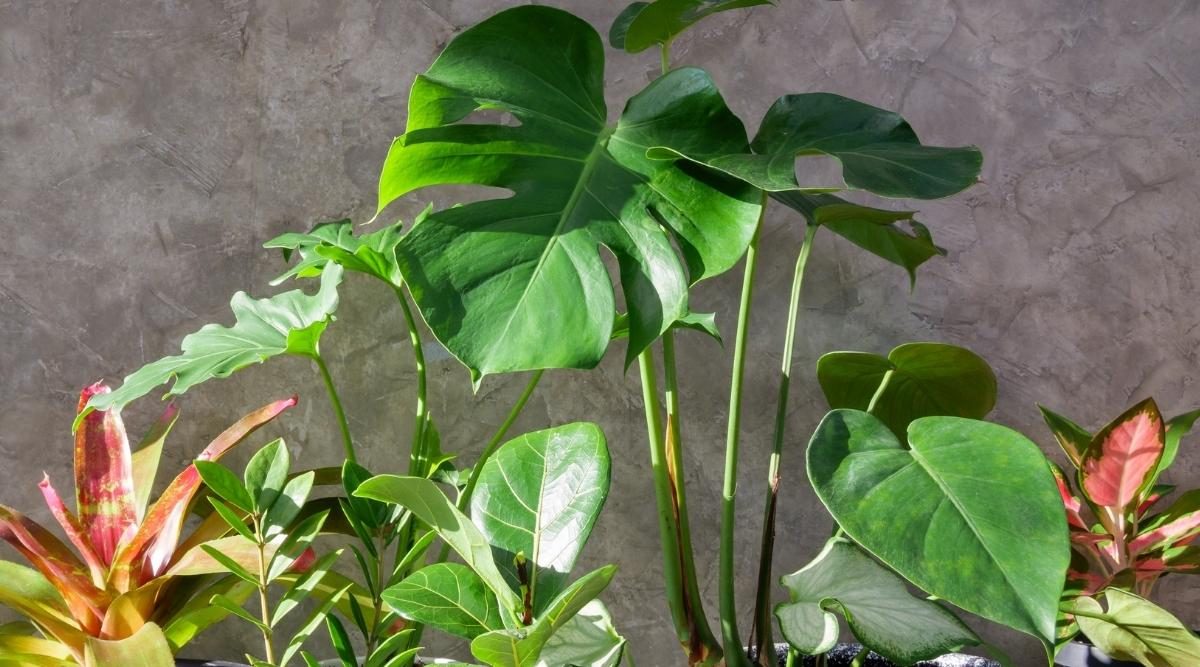This article is designed for parents and caregivers who have toddlers and are concerned about the potential dangers posed by toxic houseplants. It offers practical advice, tips, and insights on how to create a safe environment for toddlers while keeping indoor plants. Readers will benefit from a comprehensive understanding of the risks, potential solutions, and a fresh perspective on nurturing both plants and children harmoniously.
Introduction:
Imagine the delight of having a lush indoor garden, a serene oasis of greenery, right within the confines of your home. The vibrant foliage, the delicate petals, and the soothing aroma of houseplants can create an enchanting atmosphere. However, this botanical haven can also pose hidden hazards, especially for our curious and adventurous toddlers. As parents and caregivers, it’s our responsibility to strike a balance between our love for plants and the safety of our little ones.
In our pursuit of cultivating a harmonious coexistence between toddlers and indoor plants, we turn to none other than Alan Titchmarsh. Renowned for his gardening prowess, Titchmarsh’s wisdom transcends the ordinary. With his guidance, we embark on a journey to understand the risks, implement safety measures, and foster a genuine appreciation for nature’s wonders.
Understanding the Perils: Exploring Toxic Houseplants
Before delving into the strategies of safeguarding our toddlers, it’s imperative to grasp the potential dangers that certain houseplants pose. Many common indoor plants contain toxins that can be harmful, or even fatal, if ingested or touched by curious little hands. Symptoms of plant poisoning in children include nausea, vomiting, skin irritation, and more severe complications in extreme cases.
Among the notorious culprits are the charming but treacherous Oleander, with its vibrant blossoms concealing deadly toxins, and the ubiquitous Peace Lily, which can trigger severe oral and gastrointestinal distress. As parents, it’s vital to be aware of the plants that may inhabit our indoor sanctuaries and their potential risks.

Creating a Toddler-Friendly Indoor Oasis
Protecting our toddlers doesn’t mean sacrificing our love for gardening. It’s about finding a middle ground that ensures the well-being of our children while nurturing our botanical passions. Begin by carefully selecting non-toxic houseplants that can peacefully coexist with your little ones. The Spider Plant, Boston Fern, and Areca Palm are excellent choices, adding elegance to your space without compromising safety.
Strategic placement is equally crucial. Elevate plants out of reach, using hanging baskets or shelves. Consider creating designated play zones that are free from plants, allowing your toddlers to explore and discover without wandering into potentially hazardous areas. Childproofing measures, such as using barriers or playpens, can provide an added layer of protection.
Alan Titchmarsh’s Expert Advice: Balancing Greenery and Child Safety
Alan Titchmarsh’s illustrious gardening journey has instilled in him a profound understanding of plants and their care. Drawing from his expertise, he emphasizes the significance of informed plant selection. Titchmarsh advocates for fostering an environment where toddlers can engage with plants safely. He suggests dedicating time to explain to children the beauty of plants while imparting the importance of not touching or eating them.
Titchmarsh’s unique value lies in his ability to harmonize botanical beauty and child safety. His insights inspire us to cultivate a space where our toddlers can learn and thrive amidst nature’s wonders without encountering unnecessary risks.
Nurturing Awareness: Teaching Toddlers About Plants
Empower your toddlers with knowledge. Educating them about plants fosters a sense of curiosity and respect, while also imparting vital safety lessons. Engage your children in age-appropriate conversations about the various plants in your home. Teach them to appreciate the aesthetic appeal of leaves, flowers, and stems, all while reinforcing the importance of not interacting with plants without supervision.
Utilize interactive tools, such as picture books or online resources, to make learning about plants engaging and enjoyable. By nurturing this awareness, you equip your toddlers with the tools to make informed decisions and develop a lifelong appreciation for the natural world.
Conclusion:
“Taming Toxic Temptations: Shielding Toddlers from the Allure of Harmful Houseplants” serves as a comprehensive guide for parents and caregivers who seek to strike a balance between their love for indoor plants and the safety of their toddlers. By understanding the potential risks, adopting practical measures, and embracing Alan Titchmarsh’s seasoned advice, you can create an environment where both lush greenery and child safety flourish harmoniously.




